Cold Boiling Lake to Bumpass Hell Hike in Lassen Volcanic National Park: Wildflowers, Butterflies, and Hydrothermal Wonders
Lassen Volcanic National Park is one of the lesser-visited national parks in California, yet it is by no means less beautiful or interesting.
Boiling mud pots and other hydrothermal features, hikeable cinder cone volcanoes, the majestic Lassen Peak towering above the scenery, turquoise lakes, and countless wildflowers in the summer—all these wonders make the park a fascinating place to explore. This remains true even after the destructive Dixie Fire burned through about two-thirds of the park in 2021.
In this article, I will share my experience and best tips for hiking from Cold Boiling Lake to Bumpass Hell, where one encounters the awe-inspiring scenery of wildflower meadows, tiny streams, and turquoise lakes, all leading to the largest hydrothermal area in Lassen Volcanic National Park.
When we arrived at the Kings Creek parking lot around 9:30 a.m. on a Sunday, we were pleasantly surprised not to find the usual crowds that often accompany popular hikes on perfect days (which we assumed Bumpass Hell would attract). Instead, there were only a handful of other hikers just starting their journey.
On this clear morning in early July, we were already awestruck by the beauty of the area at the parking lot: lush meadows cut through by streams of water and bursting with flowers. After applying a generous amount of sunscreen to our (especially my) fair skin, we headed to the trail. A sign greeted us, indicating that Bumpass Hell may or may not be accessible. However, this did not deter us, as we had been informed at the visitor center the previous day that Bumpass Hell was indeed open and accessible from that particular trail.
We made our way up a moderately inclined hill, where we encountered large meadows sprinkled with trees and carpets of lupine. Most lupines were still in bud form, with a few already blooming in magnificent shades of purple.
Cold Boiling Lake
After the short incline, the trail continued mostly flat, and very soon, we arrived at the first hydrothermal feature of the hike. If this had been the sole goal of our hike, we might have been slightly underwhelmed by the sight of tiny bubbles emerging from the surface of the so-called Cold Boiling Lake. However, for us, it was a pleasant preview of what was to come and interesting to see nonetheless.
The lake has a contradictory name for a reason: While the bubbles resemble boiling water, the lake itself is not at boiling temperature. In fact, it is considered a "dying" hydrothermal area, where you can see the last remnants of such activity.
As we made our way around the lake, we encountered more intriguing features: many fire-red dragonflies swarmed around the lake, and what appeared to be Pink Mountain-Heather —according to my research— was just beginning to open its reddish buds, revealing its glowing pink flower tips.
Crumbaugh Lake
After passing the shoreline of Cold Boiling Lake, the trail began to ascend gradually to higher ground. The lush meadows on the ridges above the lake continued to be home to a constantly changing variety of wildflowers in early July. Many trickles of water flowed across the trail, and in some places, the soil was so drenched that it became saturated. Where it was particularly wet, the greenery grew even lusher, with vegetation growing high along the sides of the trail, immersing hikers in the dripping grass stalks.
While this appeared to be paradise, there was—literally—another side to the scene. To the left, Crumbaugh Lake shone turquoise amid dense greenery. The intense colors stood out, not only because of their vibrancy but also because of the contrast with the black, eerie-looking stalks that punctuated the landscape. Charcoal-colored trunks towered into the sky, sandwiched between the blue sky and the lush forest floor. It was already evident on the way into the park, and became even clearer now: The destruction and devastation caused by the Dixie Fire, one of the largest wildfires in California history, had left a profound mark on this natural wonderland. Hundreds and thousands of trees stood bravely together in their dark robes, their needles long reduced to ashes.
The view from the mountain ridge towards Crumbaugh Lake reveals a lot of fire damage, yet also many beautiful wildflowers at this time of year.
In a Nutshell: 2021 Dixie Fire
When visiting Lassen Volcanic National Park, it is unavoidable to encounter the devastation caused by the Dixie Fire.
General Facts
As of August 2024, the Dixie Fire is the largest single (i.e., non-complex) wildfire in California's history.
The fire burned almost a million acres (963,309) in total across five counties: Butte, Plumas, Shasta, Lassen, and Tehama.
Effect on Lassen Volcanic National Park
Approximately 73,240 acres within the park boundaries burned, which means that about 70% of the park was affected.
The fire entered the park from the southeast corner near the Juniper Lake area, impacting some areas more than others. Some popular areas like around Manzanita Lake were spared.
The fire’s effects within Lassen Volcanic National Park were generally more moderate compared to other areas. Forest management efforts, including prescribed burns and fuel reduction, helped slow the fire’s progression. These efforts continue to be essential in combating the impacts of climate change, which fuel larger and more extreme wildfires.
Read more about the impacts, including a short video, here.
Beauty Amidst the Burn
It certainly left a bitter taste to see all these burned trees and to ponder how long it would take for the forest to recover in an environment that would only become harsher over time. For the moment, however, the ash-gray trees were sometimes forced into the background, like a constantly playing melancholic tune overshadowed by the loud and cheerful music from a ghetto blaster. Small streams of water flowed in some places on the hillsides, and the immense variety of flowers covering the lush meadows was simply awe-inspiring.
While I had to restrain myself from photographing hundreds or thousands of flowers, there were other creatures likely even more inspired by their beauty—or rather their tastiness—than I was.
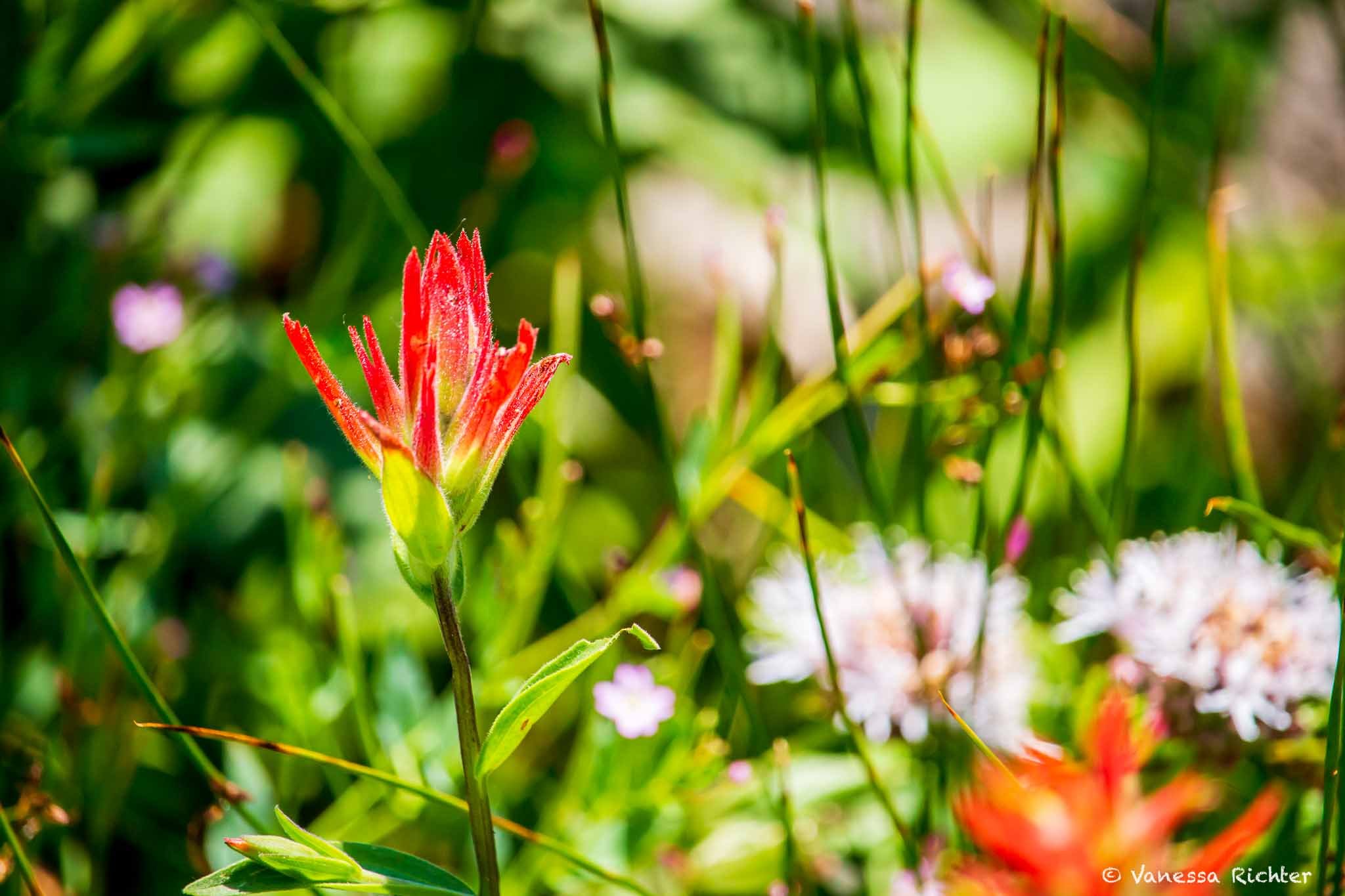
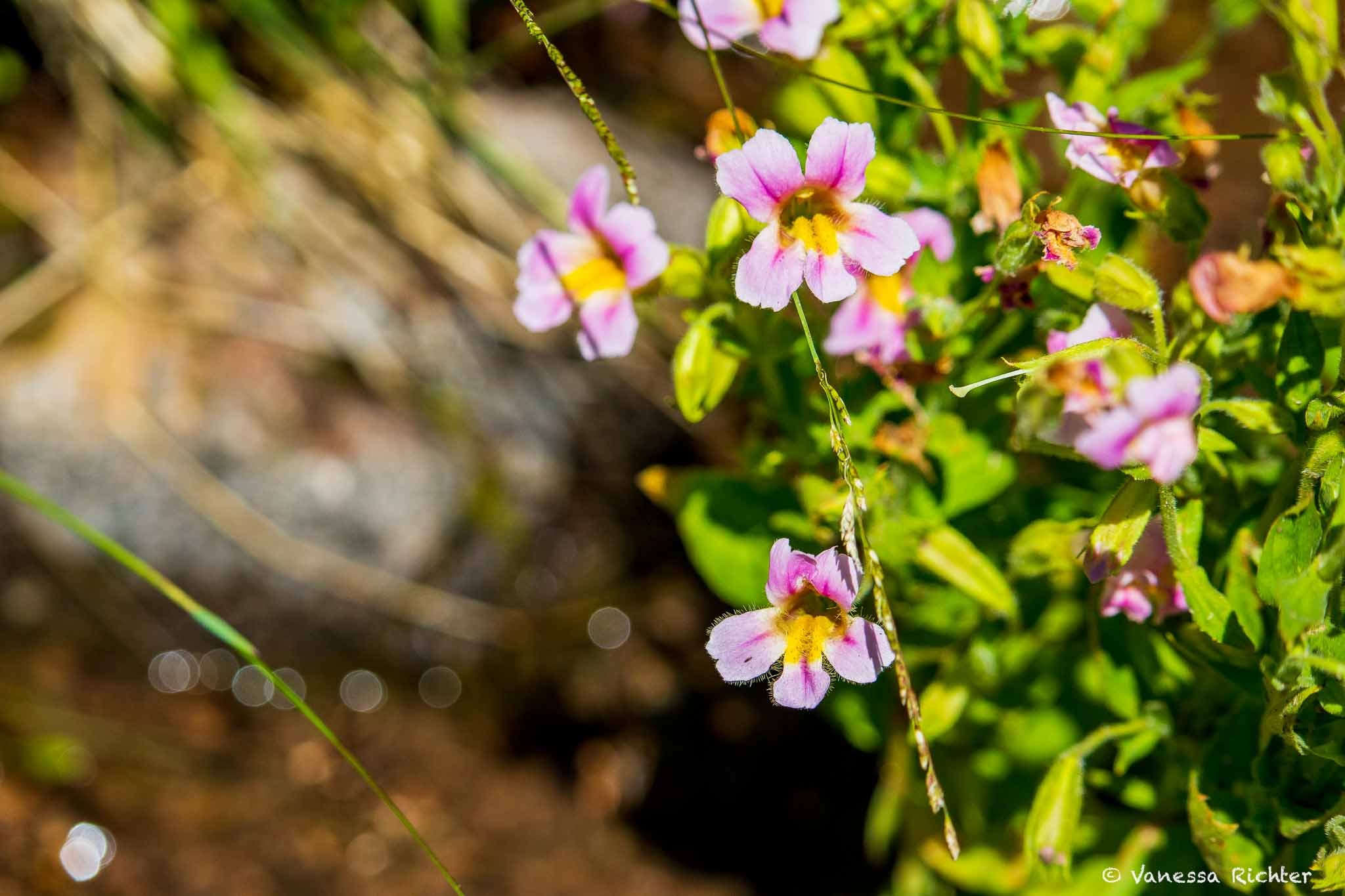
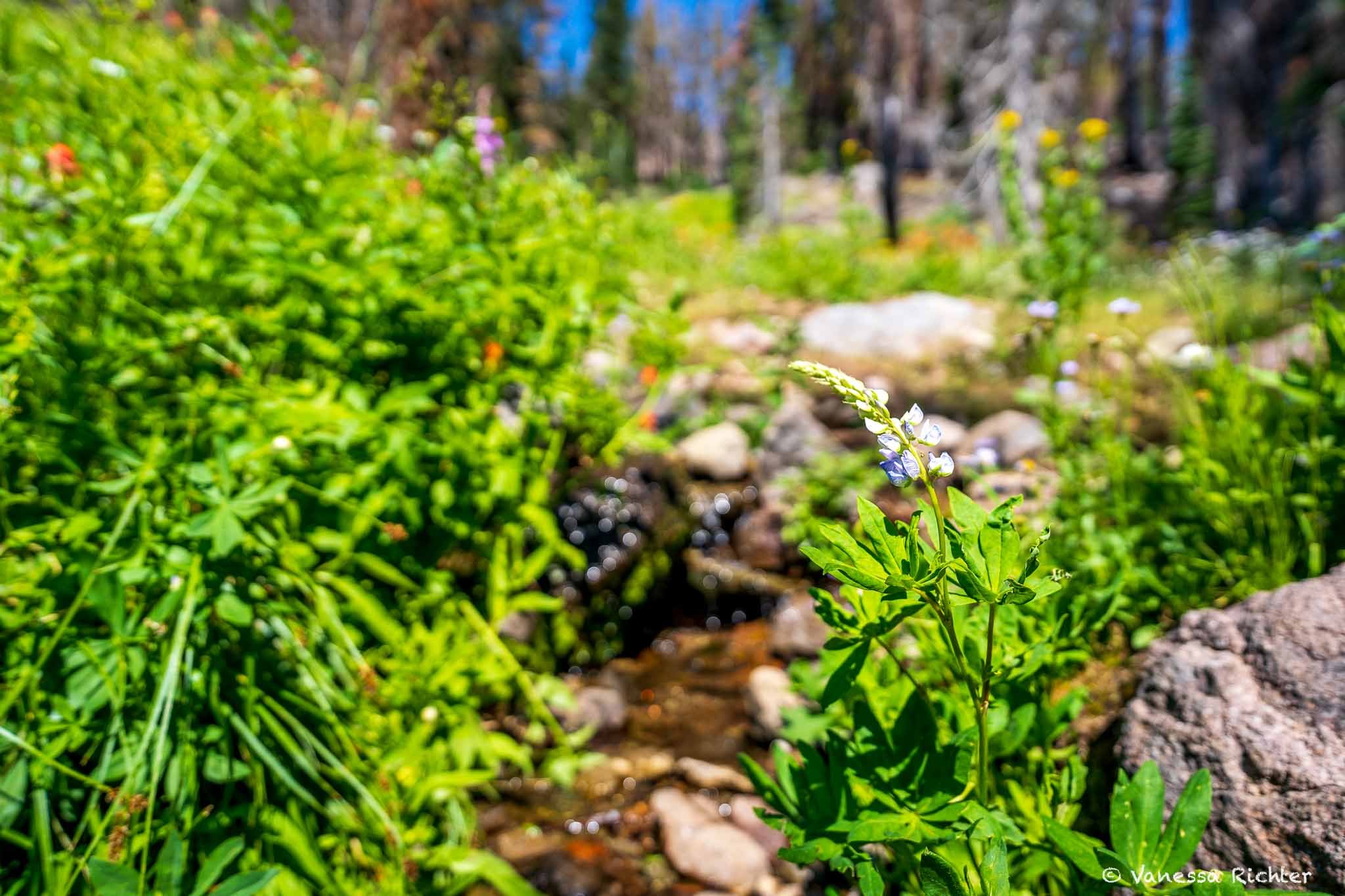

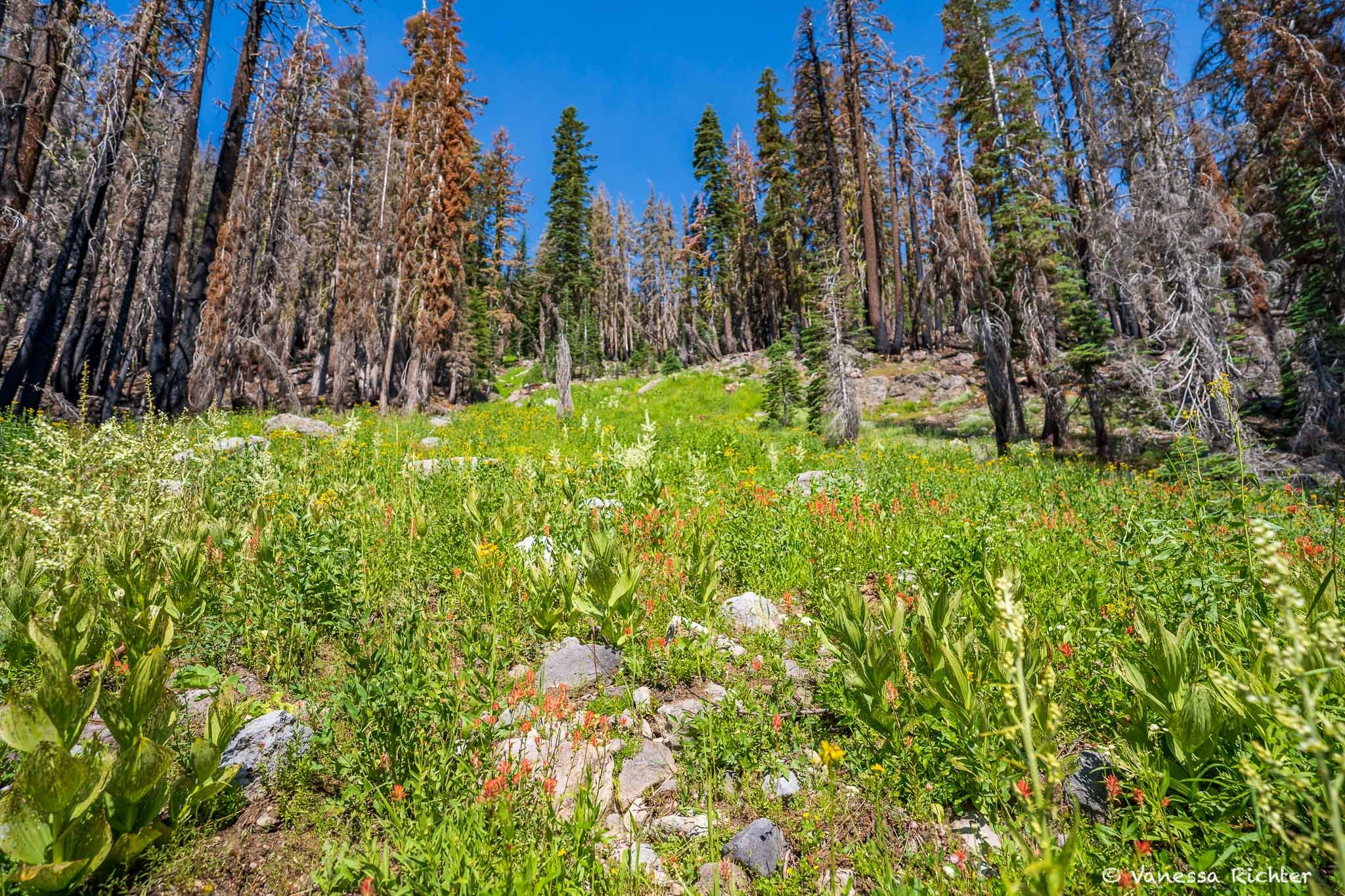
Hundreds of orange-glowing butterflies swarmed the meadows. We had already seen them around Lake Helen, where they covered large areas of the beach along the lakeshore. And here they were again, flying from flower to flower on the mountain ridges. Sometimes they would sit on the flowers with their wings closed, making them look like a dried, brown leaf. While the upper side of their wings signaled their presence from a distance with their brilliant color, the underside of the wings had the opposite effect, blending perfectly with the brown shades of the forest and allowing them to remain incognito for a while.
A California Tortoiseshell butterfly feeds on nectar from one of the many flowers.
In a Nutshell: California Tortoiseshell
Identification
Bright orange-brown wings with dark markings.
Wingspan of about 2 inches.
Underside of wings is mottled brown for camouflage against tree trunks.
Population and Migration
Commonly sighted in Lassen Volcanic National Park.
Travels between foothill canyons and high-elevation areas in the Sierra Nevada, and occasionally even reaches the Cascade mountain ranges.
Seasonal migration is consistent, but the number of butterflies varies dramatically and unpredictably.
Notable events
2004: A swarm 40-50 miles long by 15 miles wide traveled south along the Sierra Nevadas
2019: Most recent population explosion and mass migration
Protect the Butterflies
When observing a mass migration on the road, slow down to 30 mph or less to minimize the risk of harming butterflies as they cross in large numbers.
Watching the butterflies feed reminded me that it was already mid-morning while we made our way up the mountain without having had a real breakfast, besides some dried mangoes, which probably qualified more as candy than anything else. The relentless sun and the incline contributed to my stomach growing impatient. After a few more switchbacks, we finally found a shady spot to sit and enjoy our sandwiches so we could explore Bumpass Hell without rumbling stomachs. While we ate, we heard some familiar tock-tock noises and quickly spotted the source: a woodpecker was making its way around a tree, tirelessly hammering its beak into the bark.
Bumpass Hell
As we continued our hike after the refreshing break, we soon started to smell the scent of rotten eggs lingering in the air. Trail navigation confirmed what the smell had already announced: Bumpass Hell, the largest hydrothermal area in Lassen Volcanic National Park, was close. One more curve, and a spectacular panorama opened up before us. All shades of color painted an awe-inspiring scene—sulphur yellow, fool’s gold (iron pyrite) grey, deep forest green, pale ice-blue to turquoise bodies of water, and white steam constantly rising from the ground in several areas into the cloudless sky.
While the view from the top was amazing, we wanted to see the features up close, so we descended to the boardwalk in the midst of this hydrothermal wonderland. One feature that definitely stood out was the so-called Big Boiler, which was venting large amounts of steam like a tea kettle left too long on the burner. We learned that it was also by far the hottest feature in this 16-acre area and among the hottest fumaroles in the world, with a temperature measured as high as 322°F (161°C).
Many signs on the boardwalk explained the natural facts of this area. One that we might have missed left us with one open question on the way back:
Why is this hydrothermal wonderland called Hell, and who (or what) is or was Bumpass?
Well — the story goes like this: More than 150 years ago, in 1865, Kendall V. Bumpass was the first person of European descent to venture into the area now named after him. While walking off-trail, he fell through some thin crust and burned his foot. Thinking he had learned his lesson, he returned some time later and gave a newspaper reporter and possibly others a tour of the area. This visit ended even worse:
Our guide [Mr. K.V. Bumpass,] after cautioning us to be careful where we stepped, that the surface was treacherous, suddenly concluded with Virgil that the “descent to Hell was easy” for stepping upon a slight inequality in the ground he broke through the crust and plunged his leg into the boiling mud beneath, which clinging to his limb burned him severely. If our guide had been a profane man I think he would have cursed a little; as it was, I think his silence was owing to his inability to do the subject justice...
—Editor, Red Bluff Independent, 1865 (see source)
His leg was severely burned and had to be amputated. From Bumpass’s perspective, he certainly went through hell on earth with this experience.
I could not find the original newspaper article cited above and found some controversy around the story. However, whether it is a campfire tale or the truth, it carries some very real messages:
Nature is powerful. Don’t venture off-trail and never be so foolish as to believe you know everything or even enough.
Bumpass Hell, as captured from a viewpoint above the boardwalk, including the Big Boiler, one of the hottest fumaroles in the world.
Know Before You Go
Trail Info
Bumpass Hell from Cold Boiling Lake Trail (Trail Described Above)
Distance: 5 miles (8 km) round trip
Elevation Gain: 980 feet (300 meters)
Starting Point: Kings Creek Parking Lot
Difficulty: Moderate; altitude ranges from 7,400 feet (2,255 meters) to 8,250 feet (2,515 meters). Be cautious if sensitive to high altitudes.
Details: Offers a moderate hike with a steady ascent. Trail description and navigation available on AllTrails.
Shorter Alternative: Bumpass Hell Trail
Distance: 2.7 miles (4.3 km) round trip
Elevation Gain: 433 feet (132 meters)
Starting Point: Bumpass Hell Parking Lot near Lake Helen
Difficulty: Shorter and less strenuous than the Cold Boiling Lake Trail.
Details: A popular (read: more crowded) trail providing the easiest access to Bumpass Hell. Trail information available on AllTrails.
Combination Option
For a more extensive hike, consider combining both trails to fully experience the Bumpass Hell area.
Best Time To Visit & Seasonal Closures
As the park is located at high elevations, winter conditions can persist through the summer months, with snow and ice remaining on trails, especially in forested areas.
Some trails stay closed until they are deemed safe for hiking. For instance, when we hiked in mid-July 2024, the Bumpass Hell Trail had just reopened that very day.
The main road through the park, Lassen National Park Highway, is open only from late spring or summer until fall, when it is not buried under snow. You can check current road conditions and historical opening and closing dates on the National Park Service website. Generally, the road opens between May and July and closes again in October or November.
Check current fire conditions before heading out: Roads or even the park may be closed due to wildfires in the summer and fall.
Leave No Trace & Safety
As always when it comes to exploring the outdoors, the principles of Leave No Trace are so important in preserving this unique place as a healthy and pristine habitat. By adhering to these principles, we ensure that animals and plants can thrive undisturbed while also allowing future generations to enjoy the beauty of these national parks.
Bear Country Food Handling
Black bears live in Lassen Volcanic National Park. To protect both them and us, food should never be left unattended and should be stored away at all times when not in use. Bears have a keen sense of smell and can recognize items such as coolers if they are in sight, and may break into cars to get them. Ideally, store food and other scented items, even remotely scented ones (including toothpaste and similar items), in the provided metal food boxes. If none of them are available, food and scented items are best stored in the car trunk.
A bear that becomes habituated to human food (just one instance might be enough) may need to be killed. Therefore, properly storing away food and disposing of garbage protects both humans and bears. You can find more detailed information here.
Minimize Human Impact (Respecting Wildlife and Flora)
Related to the point above: Minimize human impact by avoiding unnecessary noise, respecting wildlife from a distance, refraining from feeding any wildlife (including squirrels), and refraining from collecting plants, rocks, or interfering with cultural artifacts — all of which are also illegal in national parks.
Pack It In, Pack It Out
Ensure you pack out all trash, including biodegradable food scraps, to preserve the pristine beauty of Sequoia and Kings Canyon National Parks. Even though some items are generally biodegradable, the decomposition time can be surprisingly long (for instance, banana peels can take up to two years to break down!). Even biodegradable food scraps can cause harm when introduced to an environment where they don't naturally belong. Proper waste disposal is essential to maintain the delicate balance of this ecosystem.
Stay on established trails and boardwalks
In hydrothermal areas, the ground may appear solid but can actually be a thin crust concealing pools of acidic, boiling water or mud. Visitors have suffered serious injuries from venturing off-trail in these regions.
Water and mud in hydrothermal areas is acidic
Touching water or mud from the hydrothermal areas can cause severe burns of your skin. Even cool water in these areas can be acidic. Find out more about safety in hydrothermal areas here.
Impact of High Altitudes
Lassen National Park exposes you to high altitudes, which can aggravate preexisting medical conditions and make hiking more strenuous due to lower oxygen levels.
Follow the Adventure
Latest on the Blog
Search
📌 Pin for later






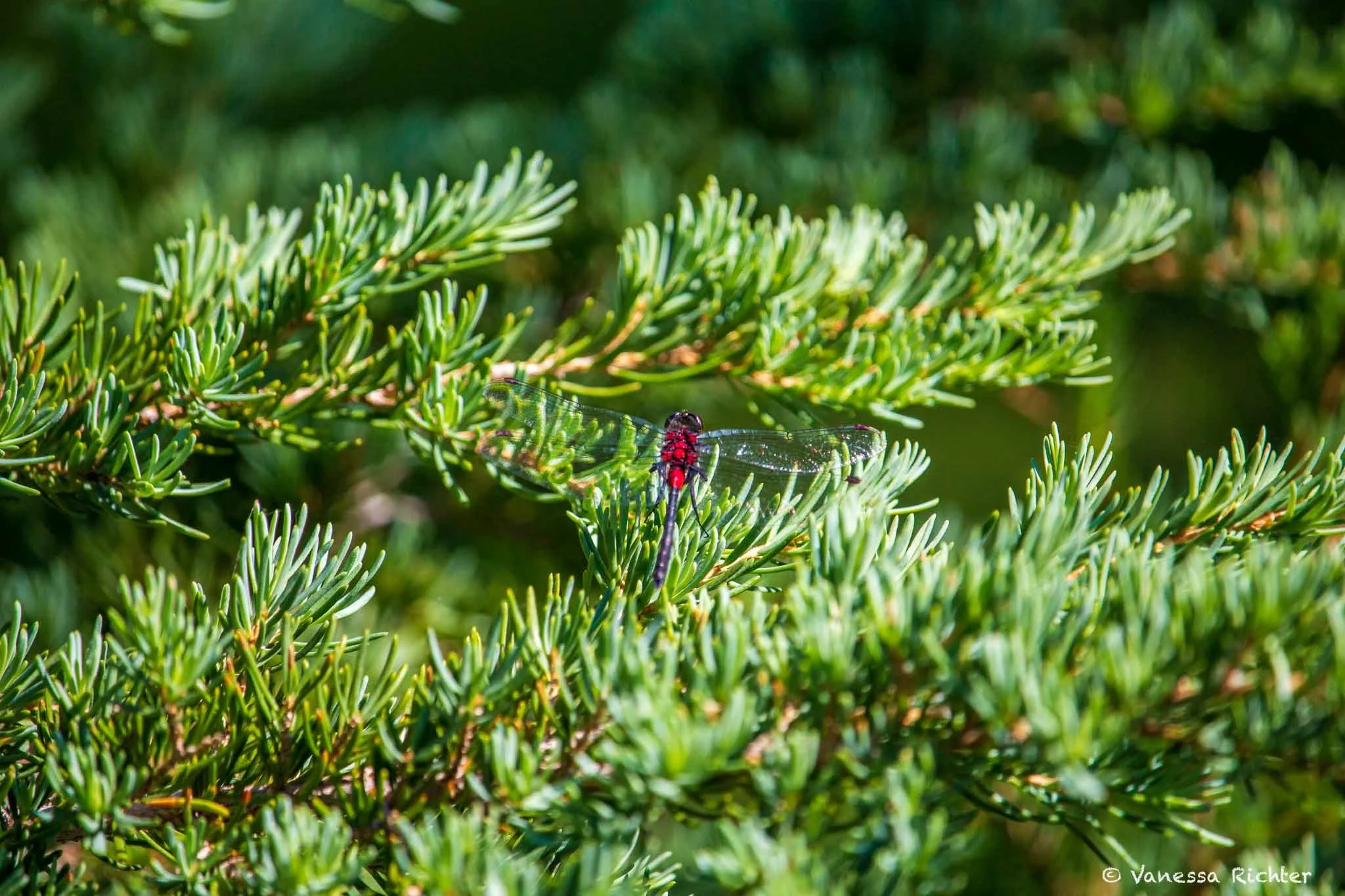
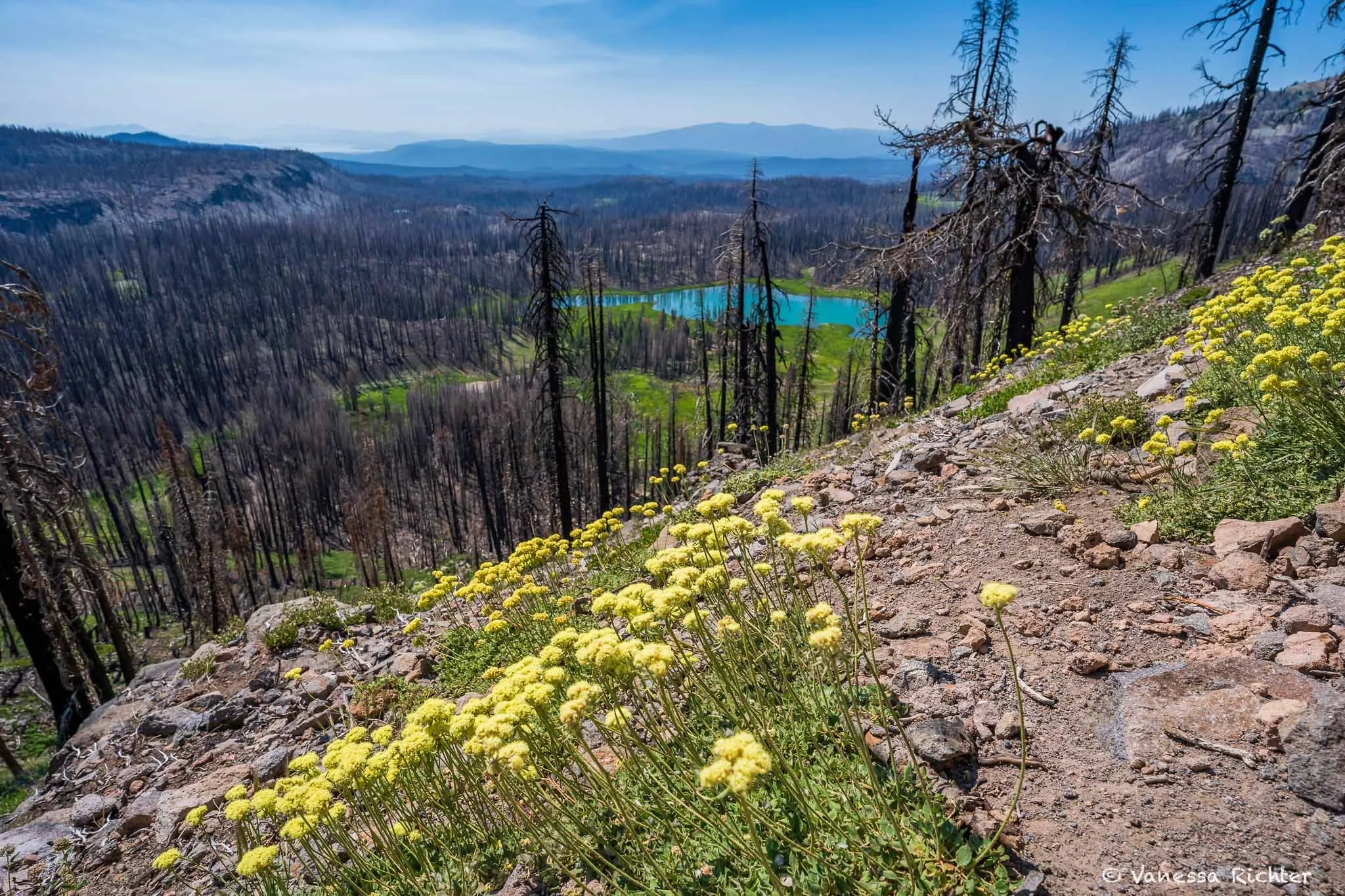

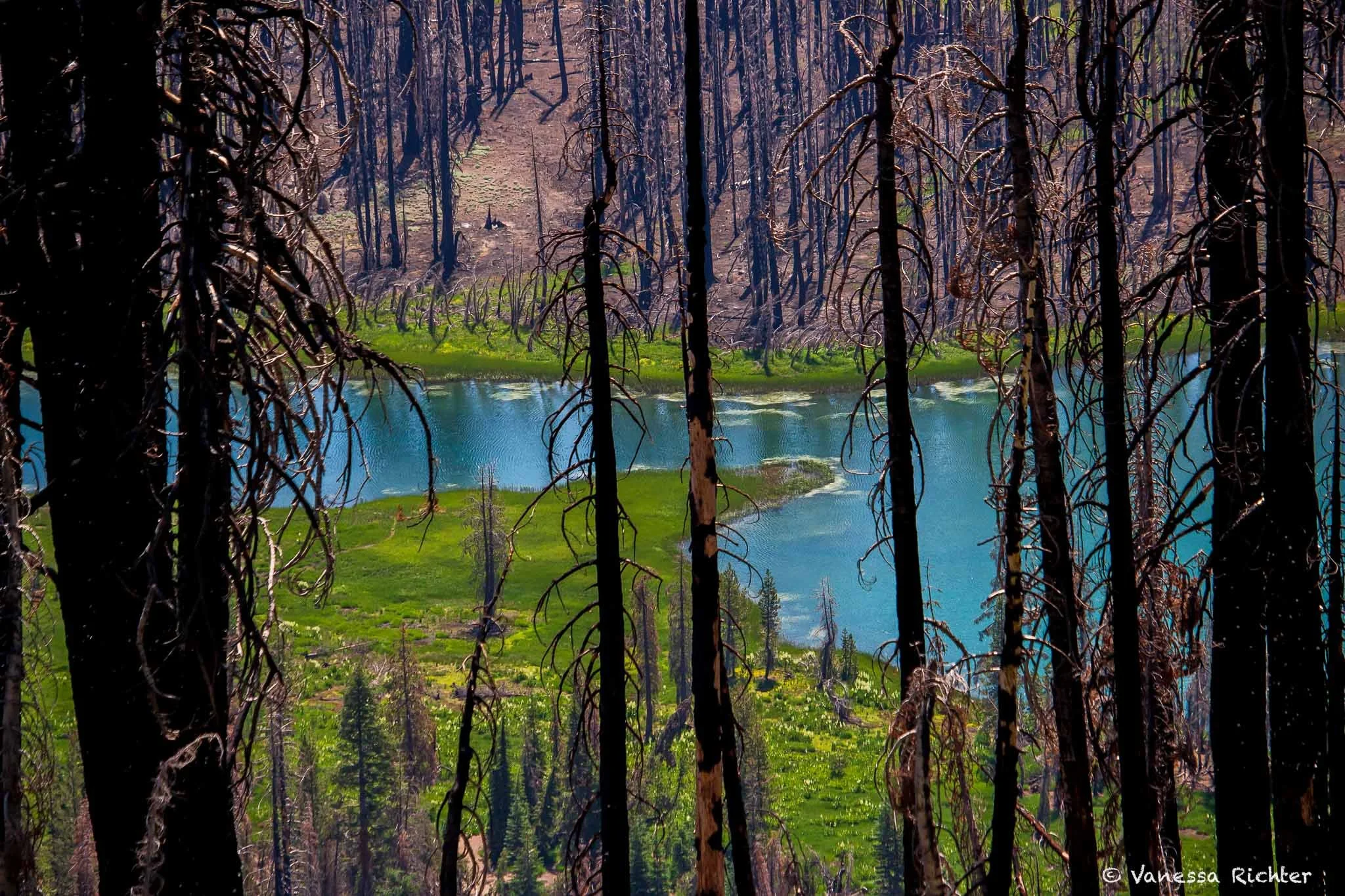

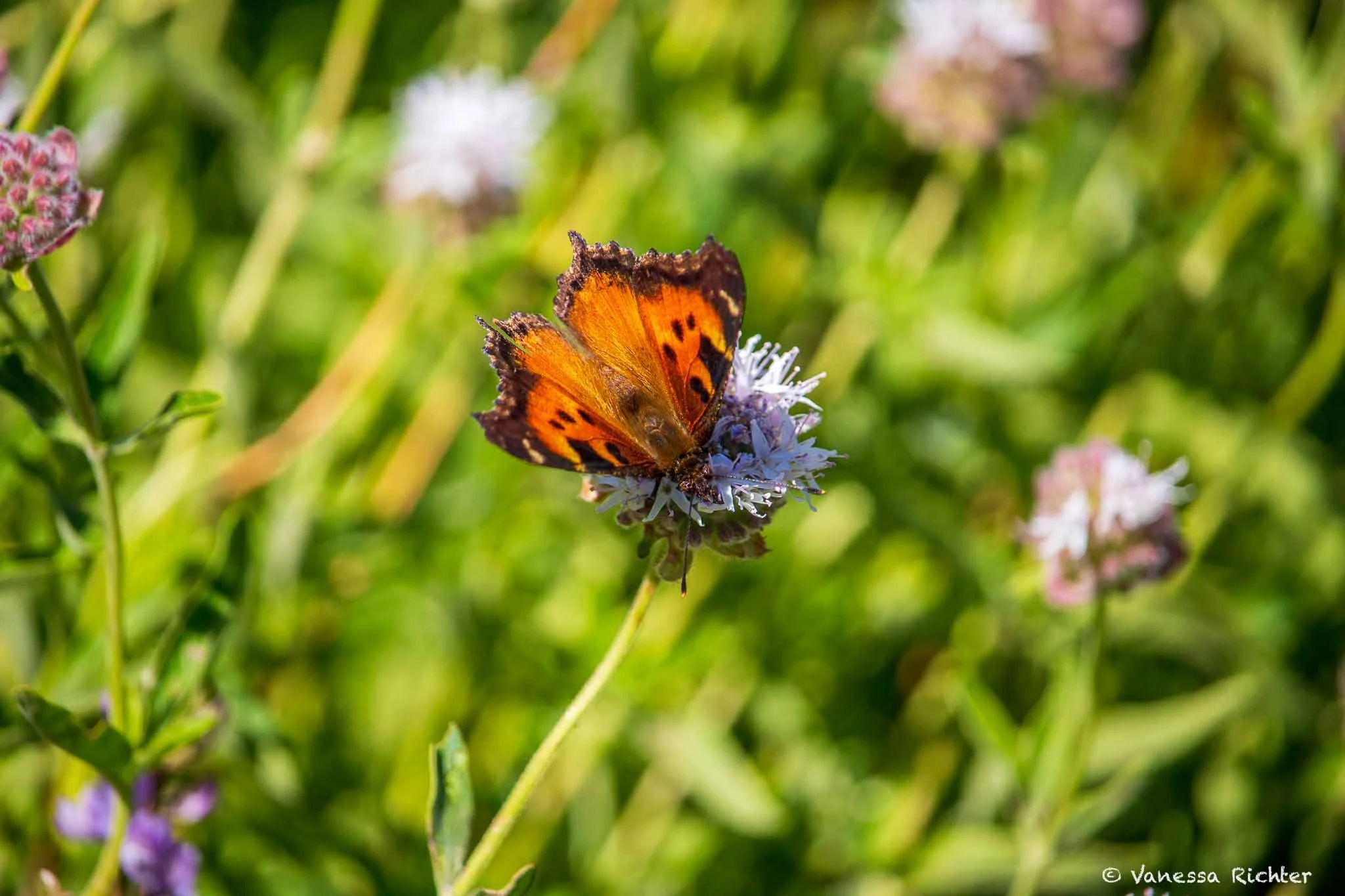

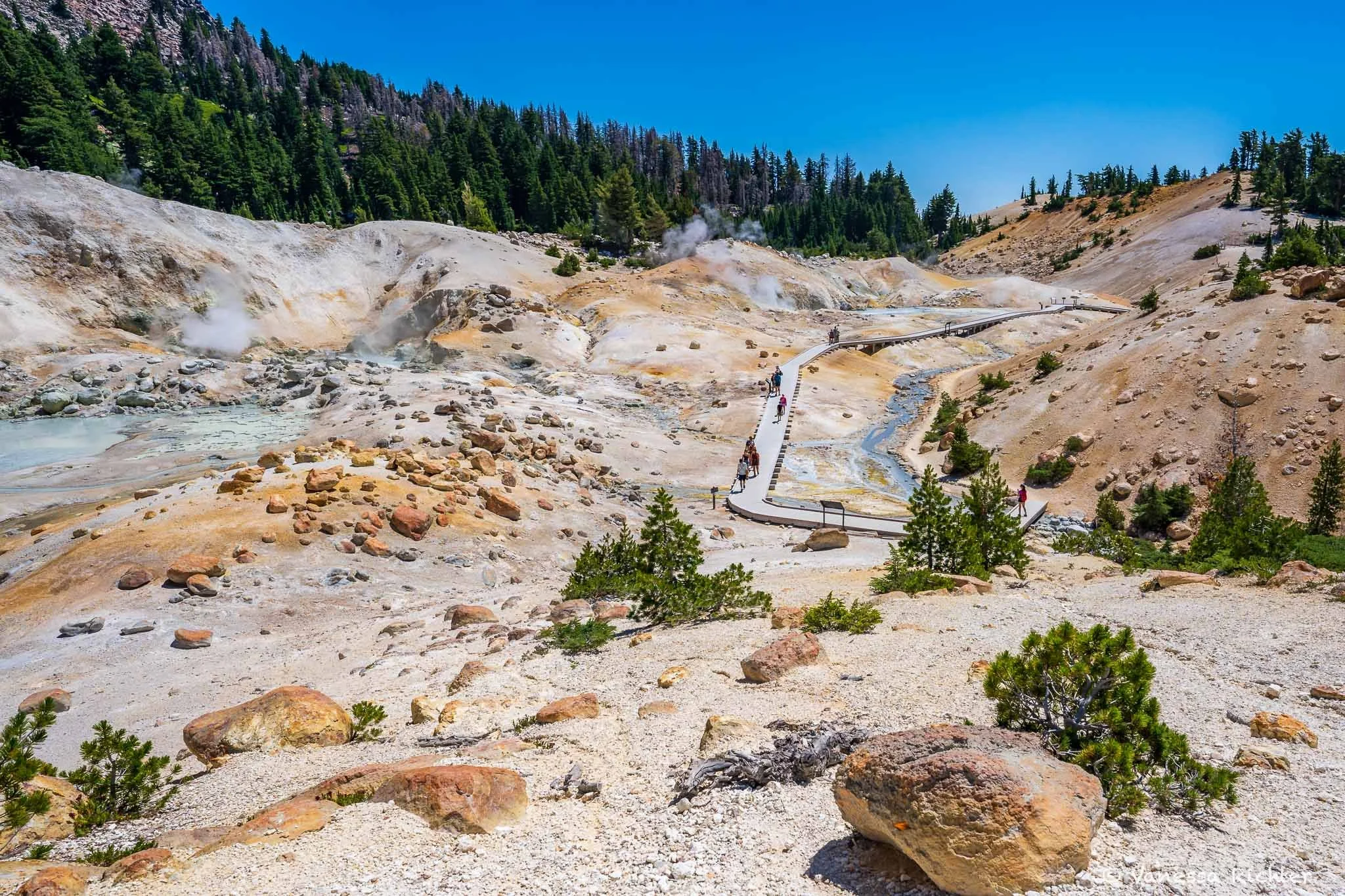



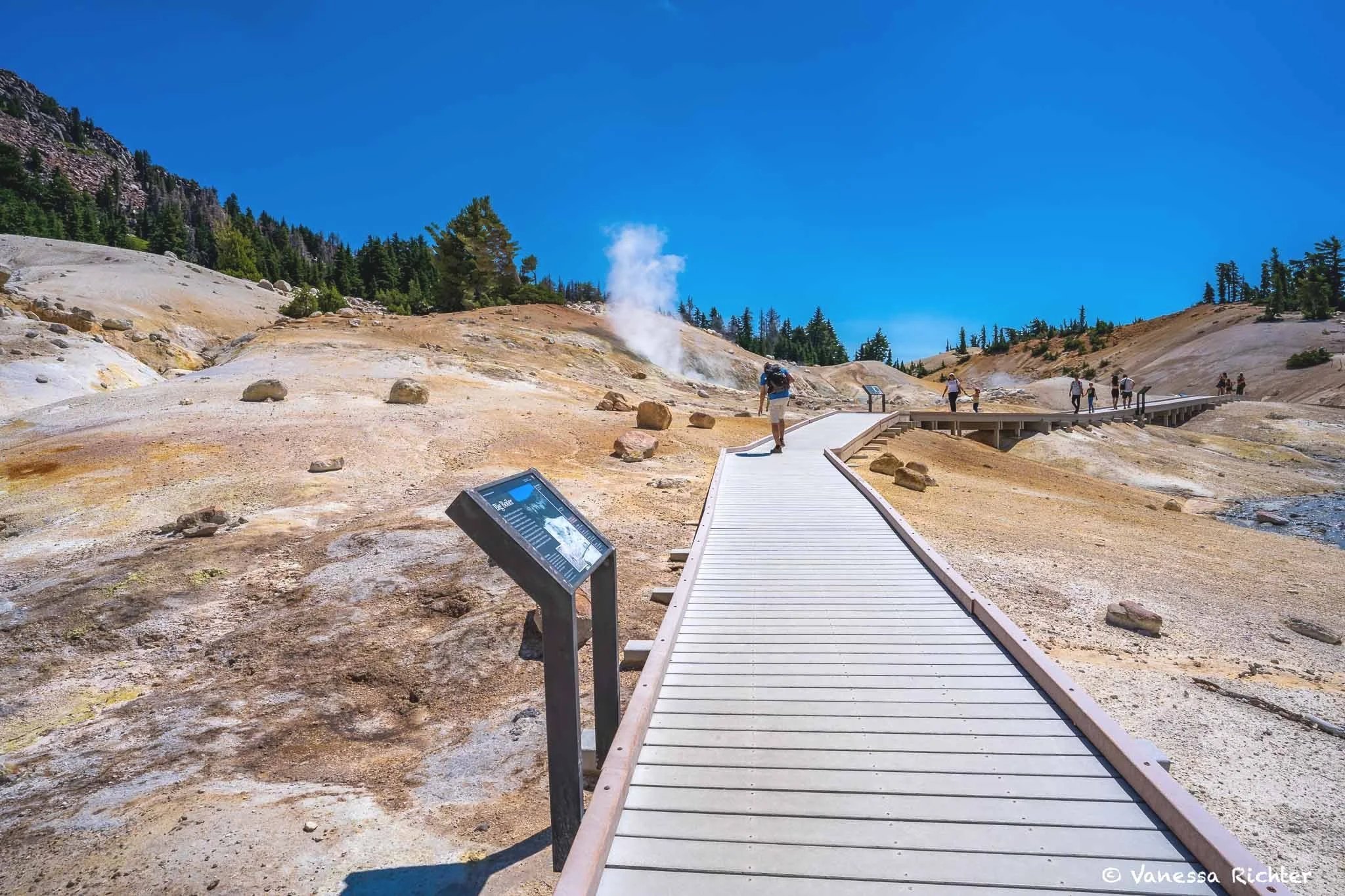


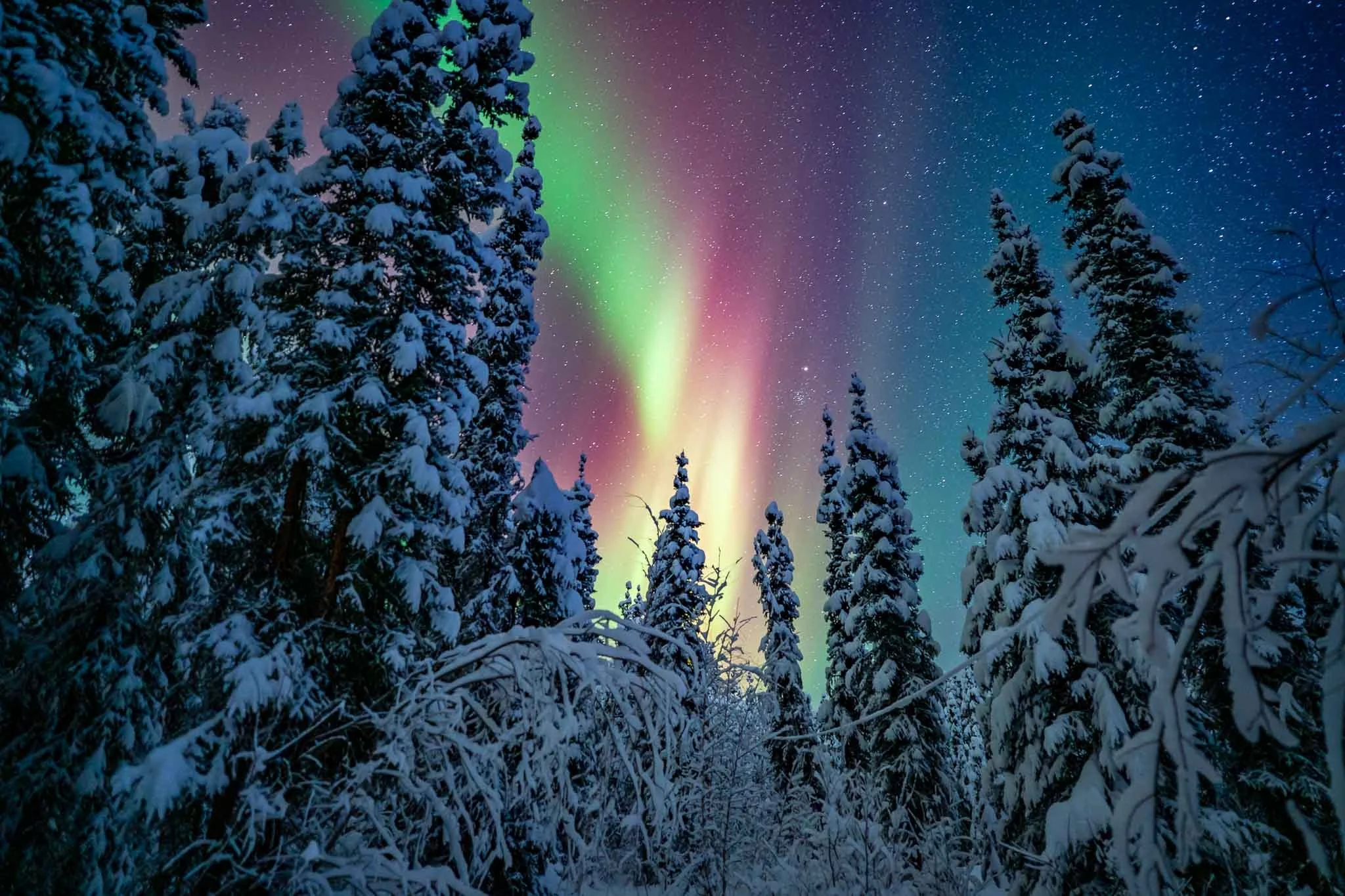

I’m the face, writer, and photographer behind Venture Beyond the Picture.
You’re in the right place if you’re looking for nature-focused travel guides, real tales from the trails, and photography that celebrates wild landscapes, fascinating wildlife, and the quiet beauty of nature.
I hope what you find here helps you plan your adventures across the Western U.S., capture the outdoors through your own lens, and spark new inspiration.